Residents of the DFW area frequently pose questions about grub treatment procedures.
Where and when should you apply insecticides to your lawn to eliminate grubs
Why does my lawn have those brown bare spots?
There are various reasons, but there could be grubs in your soil. Grubs eat grassroots voraciously, so they’ll cause enough damage that the grass will die.
Homeowners may add items to their annual home maintenance to d” list, but then encounter confusion and aggravation attempting to perform this task correctly.
Check how you can prepare your lawn a proper grub treatment
As our north Texas spring slips into summer, it’s time to fall into warm weather routines around our yards. Designate June as your official kick-off to stopping lawn grub in their tracks
Both the correct timing of treatment application and the placement matter. The subject of grubs in a well-maintained lawn actually involves considerable complexity.
Decades ago, horticulturalists sometimes recommended routinely spraying to eliminate this pest
Today, in a more environmentally sensitive age, experts advise confirming the lawn does indeed suffer from a serious grub infestation and not some other type of grass health issue) before implementing aggressive control measures
Perhaps for this reason, a growing number of gardeners in the Metroplex Area appreciate the convenience of relying upon qualified, full-time lawn care expert
What Are Lawn Grubs?
Commonly referred to as grub, when present in large numbers these insects create unsightly dead and dying patches of grass
Grubs are the larvae of the masked chafer beetle, also called the June beetle. In the summer, the beetle lays its eggs in the soil, and they soon hatch into grubs.
Some not all larval stages of common beetles reside in lawns and feed on plant roots
The grubs are white, segmented, and shaped like the letter C, and they can be an inch long. They live just under the ground surface, chomping on the grassroots.
In the fall, they move about a foot below the ground and hibernate until spring, when they emerge as June beetles, and the cycle begins again
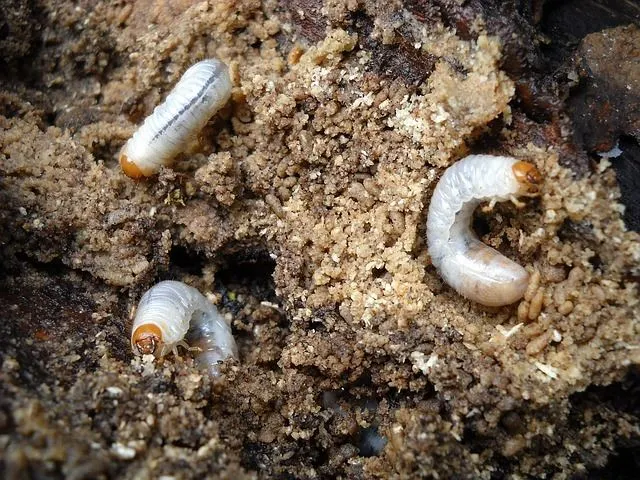
Understand Lawn Grubs
Unfortunately, a wide variety of other causes including a number of grass disease) also produce this effect.
Few situations frustrate property owners as much as dedicating time performing grub control treatment, only to discover the applications did not resolve the actual underlying lawn problem because a plant disease, not insects, caused the damage.
Sampling your yard at a point when young grubs have recently hatched to assess if an excessive number appear visible in the soil.
What Constitutes an Infestation?
Some insecticide manufacturers consider the presence of 10 or more visible grubs in a soil sample of one square foot taken two inches dee) indicative of a possible infestation.
Sampling should occur in early August in order to permit the initiation of treatment to control grub numbers during the following year.
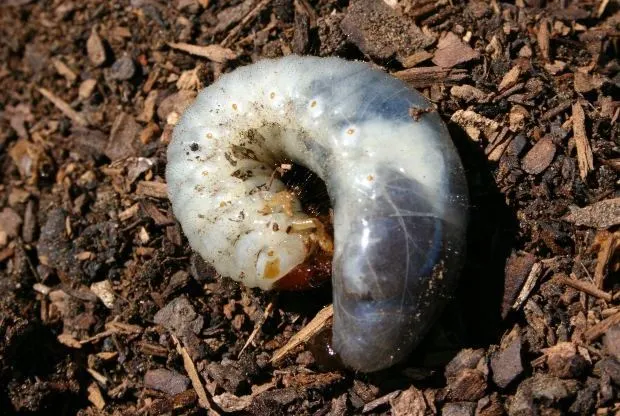
Grubs Are Sneaky!
Between their stealthy arrival and subterranean profile, you don’t get much notice when they move in.
They develop into turf-hungry larvae within a couple of weeks of hatching. These creepy crawlers stay underground enjoying your well-watered yard while they munch away on its root system.
June is the best time of year to stop these pests because they’re still immature and haven’t developed into the creamy-white, 1-inch eating machines that ruin turf.
A large infestation spreads to areas around foundations and garden beds searching for more organic goodies.
Sneaky lawn grubs also ring the dinner bell for foraging mole, raccoons and skunks.
It Is All About Timing
Like most Fort Worth homeowners, you think of spring as the season for addressing potential lawn problems, but grubs dance to a different schedule.
But how do you know if you have grubs and need grub treatment?
There are some early predictors of grubs. You may see the tan or copper-colored June beetles flying around the yard in July, which is their prime egg-laying time; they’re most active at sundown.
Watering your lawn a lot may attract the beetles, because they like to lay their eggs in moist ground.
If your grass is just starting to discolor, you may already have grubs and want to begin grub lawn treatment.
They’ll make the ground spongy as well as damaging the roots, so you can pull the sod back and actually see the grubs.
There could possibly be 10 or more per square foot. Or you might notice bare spots in sunny areas in your yard for grubs at night.
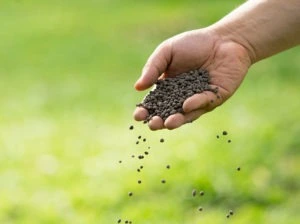
Professional Care Works
Traditional grub control treatment took a shotgun approach to the problem with harsh chemicals and unreliable results.
Our Fort Worth lawn care expert understand how our climate affects these pests’ life cycle.
Professional lawn grub treatment wipes out grubs while they’re still dormant and includes follow-up inspections to ensure their elimination.
Modern methods and applications also spare the beneficial creatures in your lawn’s ecosystem.
Lawn Grub Treatment Applications
Lawn grub treatment must enter the soil. An application requires watering immediately afterward in order for the chemicals to penetrate into the ground.
Before applying grub treatments to the grass, remember you will also destroy some other insects in the soil, including varieties of grubs which do not damage plant roots.
For this reason, if you already enjoy a healthy green lawn, you may wish to use caution in initiating an aggressive grub treatment program.
Proper Lawn Treatment for Grubs
Many lawns don’t get grub damage, but when it does occur, it can be significant. That’s why lawn grubs treatment is very important.
There are some steps you can take yourself. Lawn treatment can be done with insecticides such as:
- Chlorantraniliprole
- Trichlorfon
- Imidacloprid
Insecticides should be applied in midsummer, when the grubs are feeding near the surface.
Insecticides used in grub control formulations also kill bees and butterflies. Many experts recommend mowing immediately before applying treatment to your lawn in order to prevent the spray from contacting any flowering plants.
Mowing immediately beforehand and then watering aggressively immediately afterward reduces chances of contact between the application and welcome garden insects.
Remember, though, that these are poisons and should be handled very carefully. As well as risky to humans, poisons are also just a stopgap for when an infestation has already occurred.
It’s much better to have a year-round plan for preventing grubs. If you consider the time and effort you put into the lawn, it’s well worth it.
Your lawn is a place to play in, entertain, and enjoy; also, a beautiful lawn can greatly increase the value of your home. It’s best to treat your lawn for grubs so they never show up at all.
Hire An Expert In Grub Control
Purple Care possesses extensive experience helping homeowners maintain lush, healthy lawns and gardens.
We evaluate your situation and develop a plan specifically for your lawn, and our industry-proven techniques will ensure a strong root system and great-looking grass.
We perform all aspects of our work responsibly and effectively. At Purple Care, we start grub lawn treatment in early June to prevent grubs from ever growing and reaching their feeding cycle.
In addition to pest and grub control, we offer professional lawn care services in Arlington and Fort Worth TX. We treat your lawn with TLC.
Heed off urban animals, dead grass and ruined lawns with strategic grub prevention.
Contact Us Today!
Our teams at Purple Care is ready to help you win the battle against all kinds of lawn grubs, so just give us a call.
We’ll take care of the grubs while you relax and enjoy your summer routine.
For More Information About Lawn Treatment, Contact Purple Care, The Fort Worth Landscaping Professionals, At (817) 880-6052.
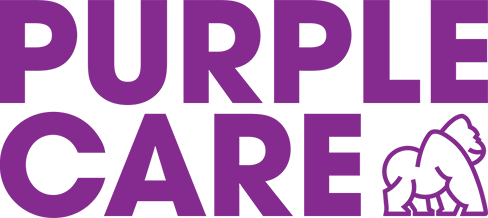


Comments (0)
Thanks for your comment!
Thanks for your feedback! Your comments have been successfully submitted! Please note, all comments require admin approval prior to display.
Error submitting comment!
There is a problem with your comment, please see below and try again.